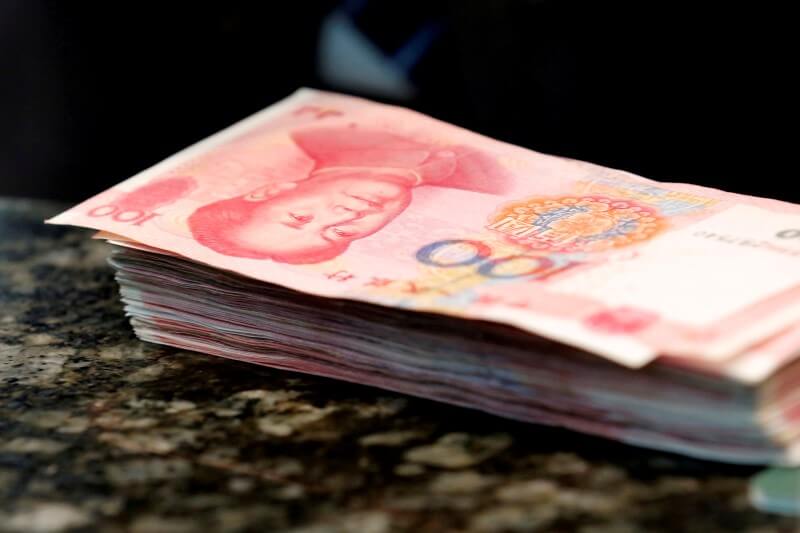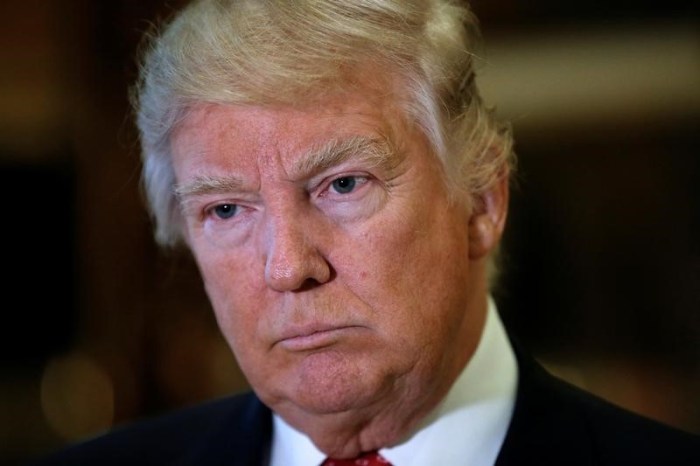By Engen Tham and Shu Zhang
SHANGHAI (Reuters) – Lightly regulated trust companies are hoping for a windfall from China’s latest effort to crack down on risky wealth management products (WMPs), which could see a flood of money diverted to them from rivals shut out of the market by the new rules. Draft rules circulated by the banking regulator would curb the exposure of WMPs to riskier assets like stocks, and could also hamper the sale of structured products that increase leverage in the financial system. The regulations are seen weighing heaviest on smaller banks and brokerages – whose shares have been hit – although the reaction from trusts suggests they may merely shift some risk rather than eliminating it. “A trust license is suddenly worth a lot now,” said a source at one of China’s top three trust companies. “All our competitors can’t do structured products, we still can.” Trust companies are non-bank lenders that raise funds by selling high-yielding WMPs and use the proceeds to invest in everything from equities to commodities and fund loans to risky borrowers to whom banks are reluctant to lend. Chinese authorities have taken a number of steps in recent years to try to control the growth of WMPs amid mounting concerns about the level of debt, and in particular the rapid expansion of off-balance sheet lending, in the world’s second biggest economy. As the economy has slowed to its slackest pace in 25 years, smaller banks with less access to top-tier creditworthy borrowers have increasingly dabbled in creating, packaging and repackaging exotic assets for sale to retail investors, who assume they are tacitly guaranteed by the government. The scale of bank WMPs hit 25 to 26 trillion yuan ($3.91 trillion) in June, according to investment bank CICC, an increase of 8 percent from the beginning of the year.
SINGED EMOJIS
Under the draft rules from the China Banking Regulatory Commission (CBRC), first reported by Reuters on Wednesday, only banks with more than 5 billion yuan ($750 million) of net capital would be allowed to invest WMP proceeds in equities and “non-standard credit assets” such as bills or entrusted loans. That would mean only around 10 percent of China’s 2,500 banks would be able to issue the full range of WMPs, according to analysts at China Merchants Securities Co.
Banks often sell WMPs from intermediaries such as brokerages and trust companies as a way of extending loans to less creditworthy borrowers. Such disguised lending remains off the lender’s balance sheet and so does not count toward calculating the amount of capital they must hold as a buffer against losses. However, the new rules relate only to asset management products – issued by brokerages and funds – not trust products, which are regulated separately, people at trust companies said.
“In the future, trusts will become the only channel through which banks can invest WMP funds in non-standard assets,” said a note from CITIC Securities.
A cartoon circulated widely among Shanghai’s financiers on Thursday shows smiling emojis next to the words for trust companies and singed, burnt emojis alongside brokerages and mutual funds to explain the impact of the new rules. “The impact will mostly be positive in the short run since the banks have to allocate their money to us,” said a source at a small, listed trust company.
The CBRC did not immediately respond to a fax requesting comment on the proposals.
HIGH-RISK INVESTMENTS
Chinese authorities, worried that too much cash is ending up in speculative investments such as small-cap stocks, real estate or high-yield loans, want to instead steer funds toward more productive parts of the economy. But the money likely to be diverted to trust companies if the news rules come into force will still find its way into high-risk investments, merely shifting the risk from one sector to another.
At the end of the first quarter of this year, trust assets under management hit 16.58 trillion yuan, an on-year growth rate of just over 15 percent, according to Professor Xing Cheng from Renmin University of China. But the pace of growth has slowed since the second quarter of 2013, said Xing in an article posted on the China Trustee Association website in June.
As growth slows trusts have been seeking higher returns, leading to an increase in investment in riskier projects.
“The rise of risky trust projects in terms of volume and size rings alarm bell to the industry, risk prevention and management will be everlasting stresses,” said Xing.
(Reporting by Engen Tham and Shu Zhang in Beijing; Additional reporting by Nate Taplin; Editing by Alex Richardson)
Shifting risks: Trust firms cheer latest China WMP crackdown

By Engen Tham and Shu Zhang


















